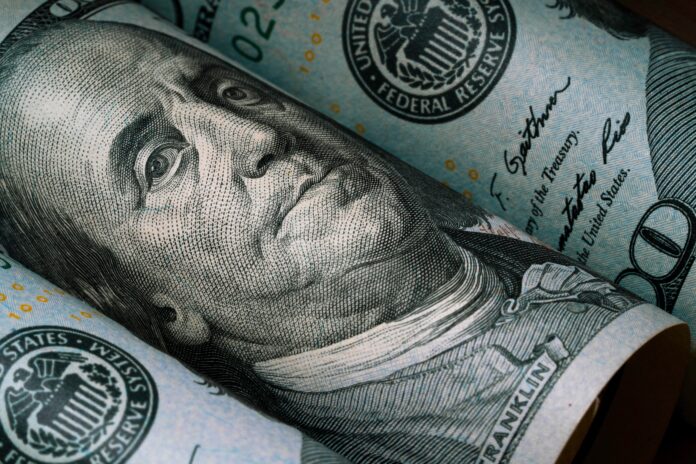The country’s net external liability position expanded to US$69.3 billion as of end-March this year, up 5.8 percent from US$65.5 billion in December 2024, affirming the country’s continued status as a net debtor to the rest of the world, according to data from the Bangko Sentral ng Pilipinas (BSP).
The increase was driven by a 2.7 percent rise in external financial liabilities, reaching US$326.8 billion, which outpaced the 1.9 percent growth in external financial assets, now totaling US$257.5 billion. The BSP said this dynamic highlights a widening imbalance in the country’s international investment position (IIP).
On an annual basis, the net external liability surged 17.2 percent from US$59.1 billion in March 2024, as liabilities grew faster than assets—up 7.4 percent and 5.1 percent, respectively—signaling sustained reliance on foreign capital.
Foreign investors’ placements were primarily in the “other sectors” (56.1 percent), including non-financial corporations and households, followed by holdings in National Government-issued instruments (28.6 percent) and banking sector assets(14.1 percent). The BSP itself accounted for just 1.2 percent, mainly in the form of Special Drawing Rights (SDRs).
Conversely, Philippine investments abroad remained concentrated in BSP-managed assets (43.3 percent), followed by other sectors (40.9 percent), with the banking sector holding the smallest share at 15.8 percent.
The BSP emphasized that the net debtor position, reflected by the persistent excess of liabilities over assets in the IIP, has important macroeconomic implications, particularly in terms of external vulnerability, debt sustainability, and exposure to global financial market shifts.







